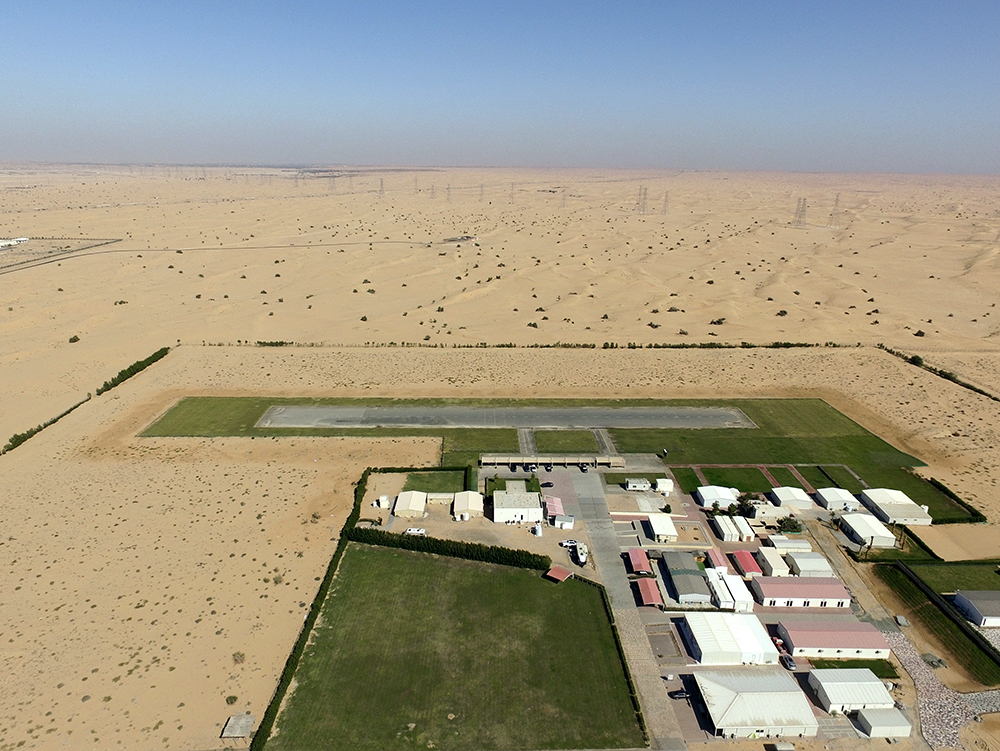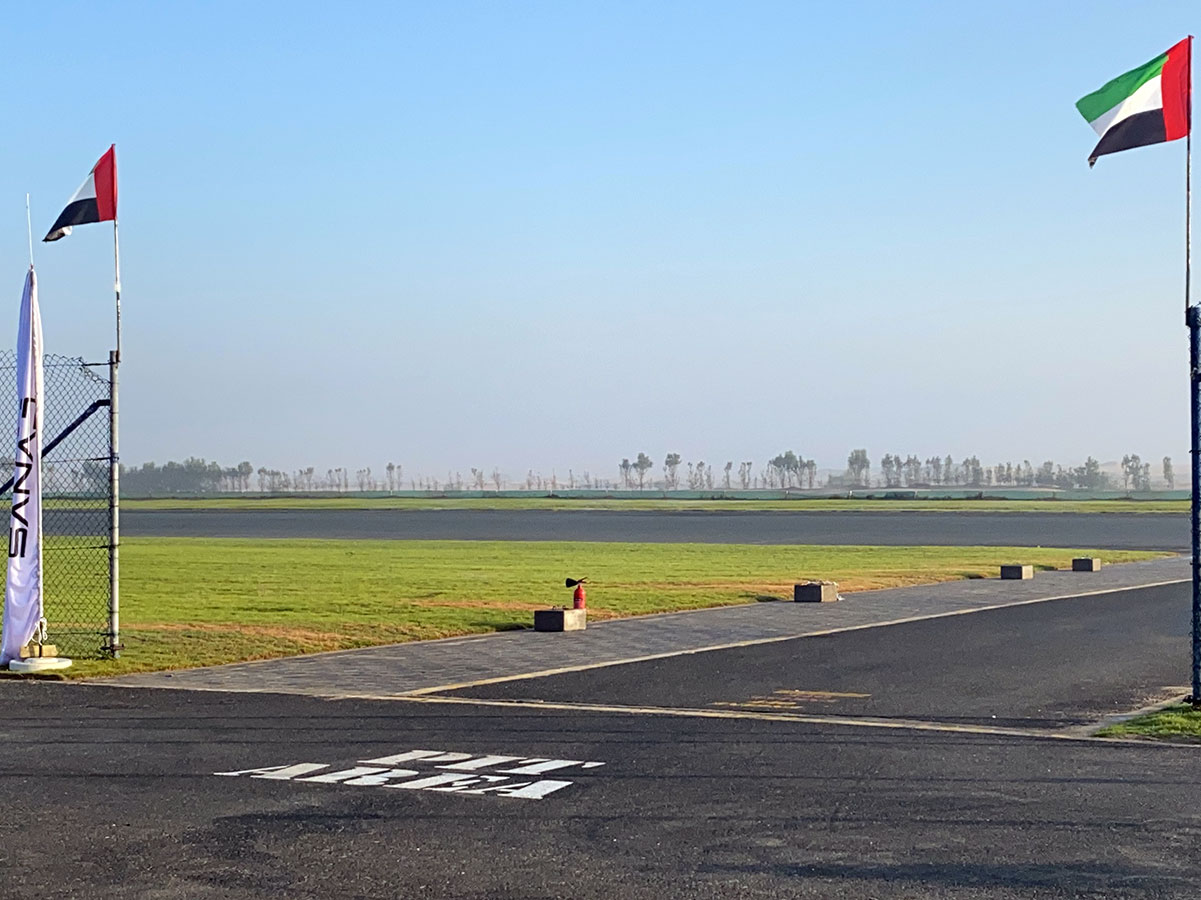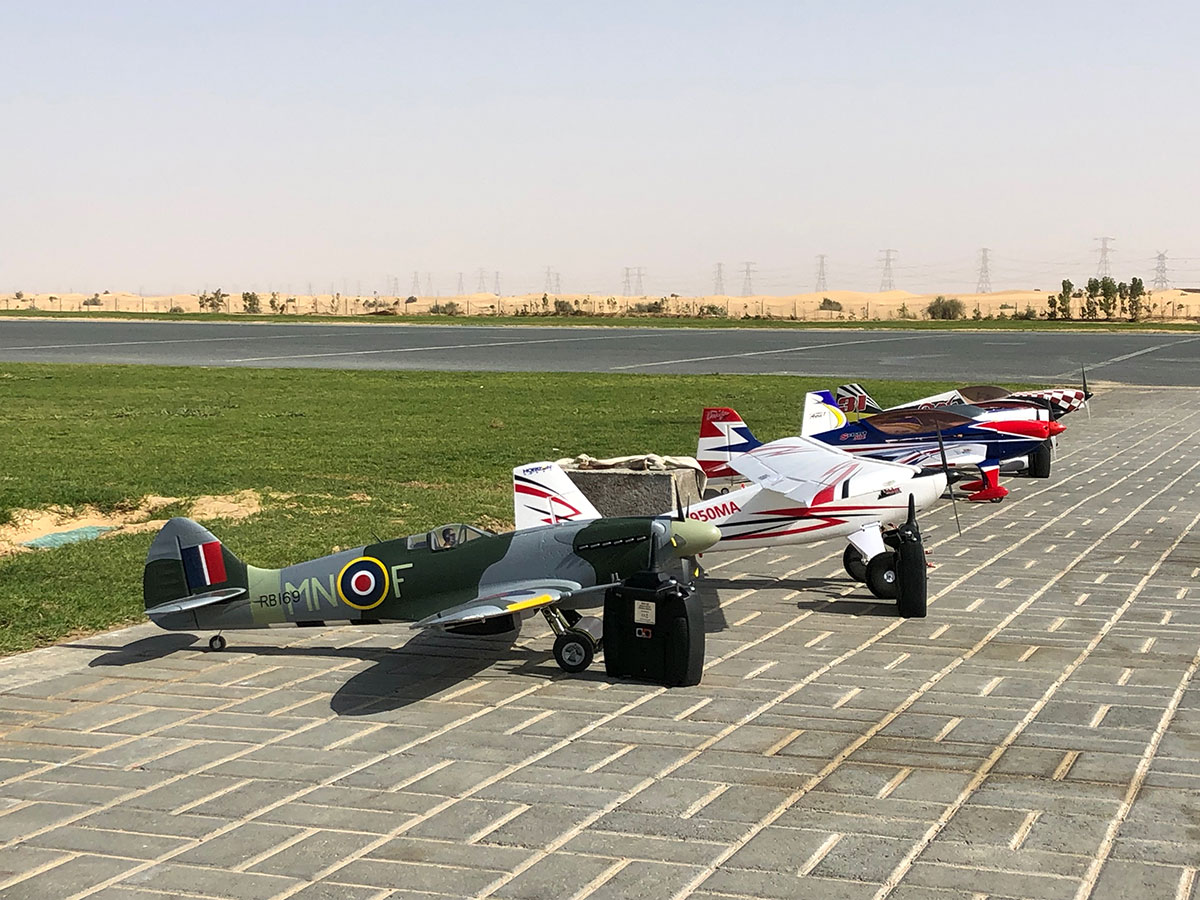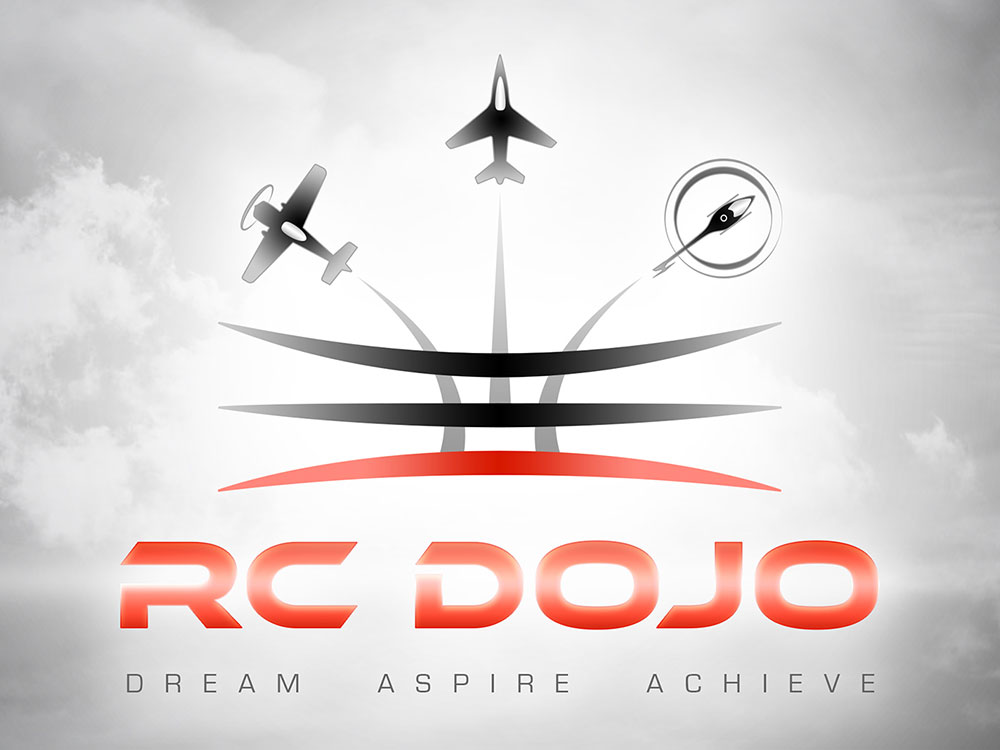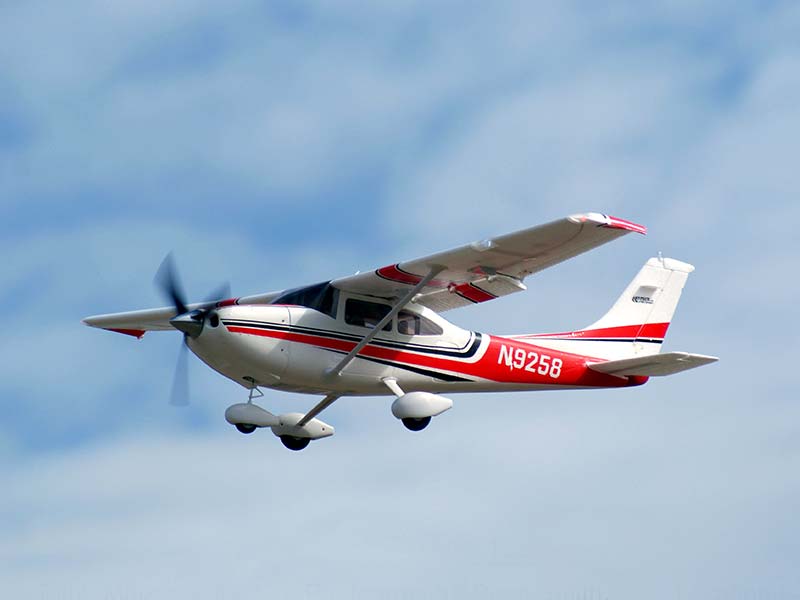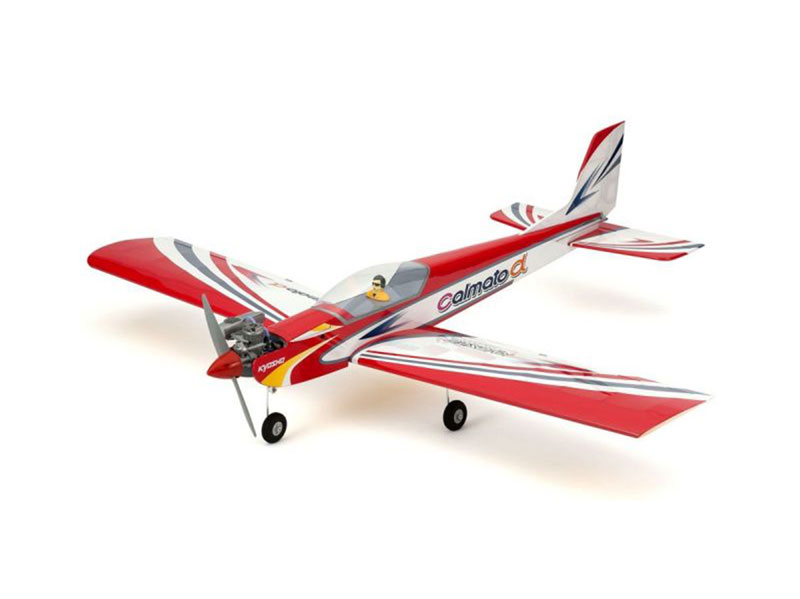SANAD – SKYHUB RULES
By having good discipline will result in a much safer practice both for yourself and everyone around you. RC models are not toys. It is imperative to fly safely – that is EVERY RC pilot’s responsibility.
1. Please be respectful towards fellow club members and staff.
2. All pilots flying models must have valid memberships.
3. If you are a New Pilot, please ask other fliers who could assist you with the guidelines.
4. All pilots must stay in the Pilot’s Area while flying their models.
5. Please do not run or test the engines in the pilot pits. Engines should only be started or operated past the taxiways/runway.
6. Do not take-off from the taxiway.
7. Avoid flying behind you or over built-up areas of the Club.
8. LiPo batteries are to be disposed of safely and not in the Club bins.
9. The taxiways and runways are intended for use by RC models, not cars and bikes.
10. Do not take-off your model if there are people in the take-off direction (even if they are on the runway sides.)
11. Always try to communicate with other pilots and inform one another of your intentions.
12. Never overfly the parking/assembly area or taxiways and never intentionally fly your plane towards spectators.
13. For Helicopters, the take-off, flying and landing should be in the designated area for Helicopter and not to use the runway. In the interest of safety, Helicopter pilots must operate only when there are no other models flying and in close coordination with other pilots.
14. All new pilots must receive proper training & operate with a buddy/instructor. Please ask a fellow modeller or contact The Academy.
15. When taxiing, look out for other models and their pilots.
16. Please Tether (tie) your plane when starting it. Use blocks or get assistance.
17. Spectators should not stand at the runway sides and be behind the flight-line.
18. When landing, call “LANDING” prior to turning downwind.
19. Prior to entering the runway, scan the surrounding skies for other models. If there are fliers in the air, call “ON THE RUNWAY.” 20. If your model suffers some sort of structural failure and is difficult or impossible to control,

